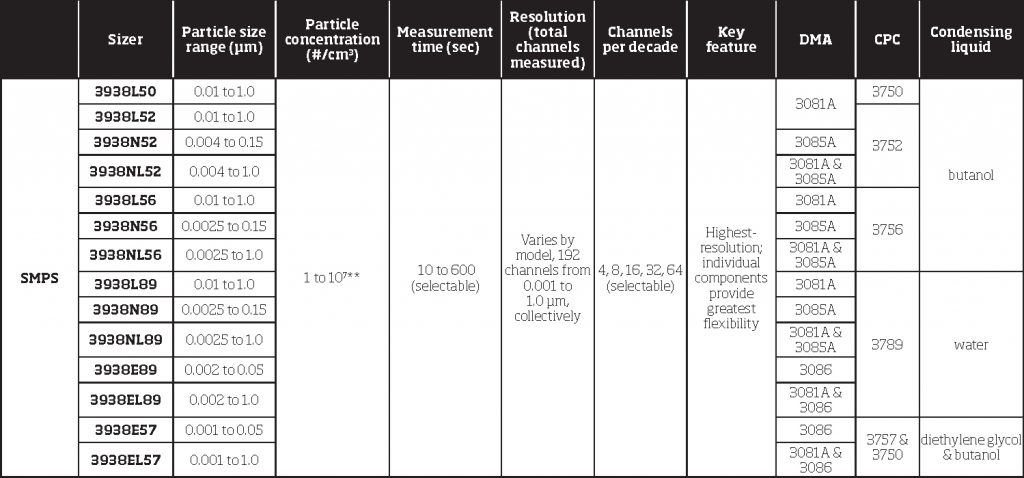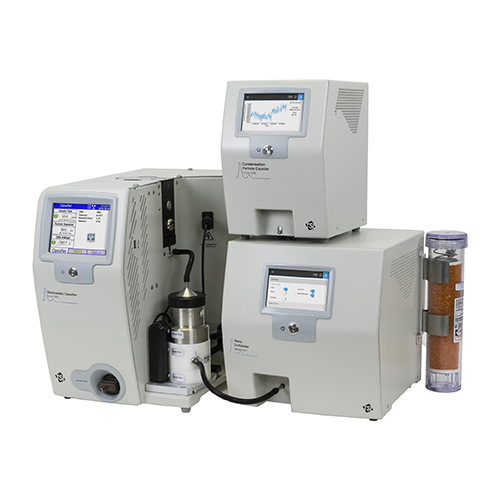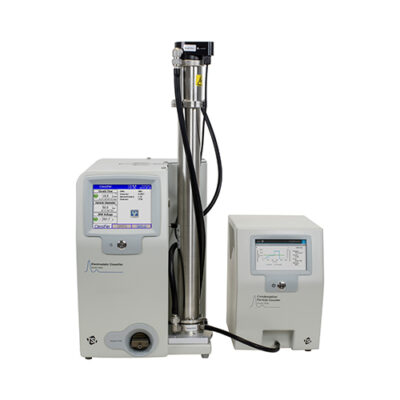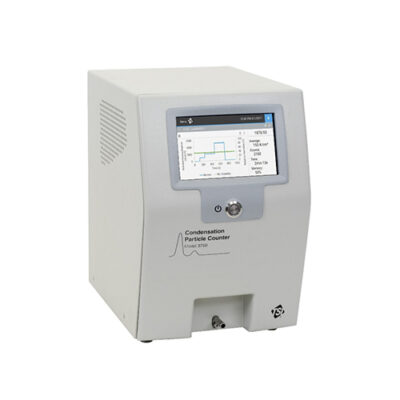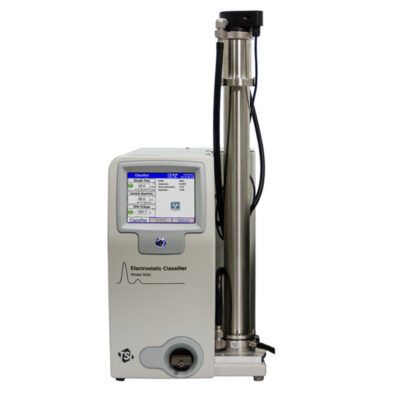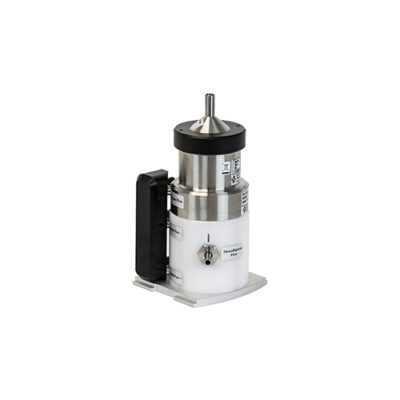Description
Product Details
The 1nm SMPS system combines TSI’s historical strengths in particle classification and counting, with new technology that permits the measurement of particles as small as 1nm. The optimized Differential Mobility Analyzer 3086 further reduces diffusional losses of those smallest of particles. Between the DMA and a standard CPC, the NanoEnhancer Model 3757 uses diethylene glycol to pre-grow 1nm particles to enable detection by the CPC. The new Nano Enhancer design tightens the integration between CPC and Nano Enhancer and makes the setup and system use much easier.
Combining these components allow researchers to move particle research into exciting new territory. Key applications are:
- Atmospheric Research – Monitor new particle formation and kinetics, cloud condensation, and close the gap between mass spectrometer and conventional particle size distribution measurements. Ideal for studies on sub-3 nm particles in highly polluted cities, particle sources and health effects studies.
- Material Science – Monitor and characterize sub-3 nm particles with reliable, near real-time feedback. This system is ideal for aerosol-based engineered nanoparticle synthesis, nanoparticle functionalization, nanoscale analytical chemistry, control of reaction kinetics and catalyst synthesis.
Features
- Fast, high resolution data on size and number concentration
- Optimized for minimal diffusion losses
- > 109 channels between 1 and 50 nm
- Ability to measure over three decades of size, from 1 nm to 1 µm, with the addition of the 3081A Long DMA
- Modular component design for customization to best fit the measurement needs, e.g. stand-alone use of the 1nm CPC
- Built-in diagnostics and auto detection of system components for reliable and reputable measurement data
- Easy to setup and use with Aerosol Instrument Manager® Software
- Discreet particle measurement: works well for multimodal samples
Applications
- Fundamental aerosol research
- Study of particle nucleation and particle growth, from particle sources such as flame synthesis, laser ablation, spark generation and nucleation/condensation
- Combustion and engine exhaust research, (organic fuels, sub-3nm emissions, natural gas engines, plastic molding and soldering)
- Filtration research
- Inhalation or exposure chamber studies
- Health effects studies
TSI selection of SMPS Spectrometers
